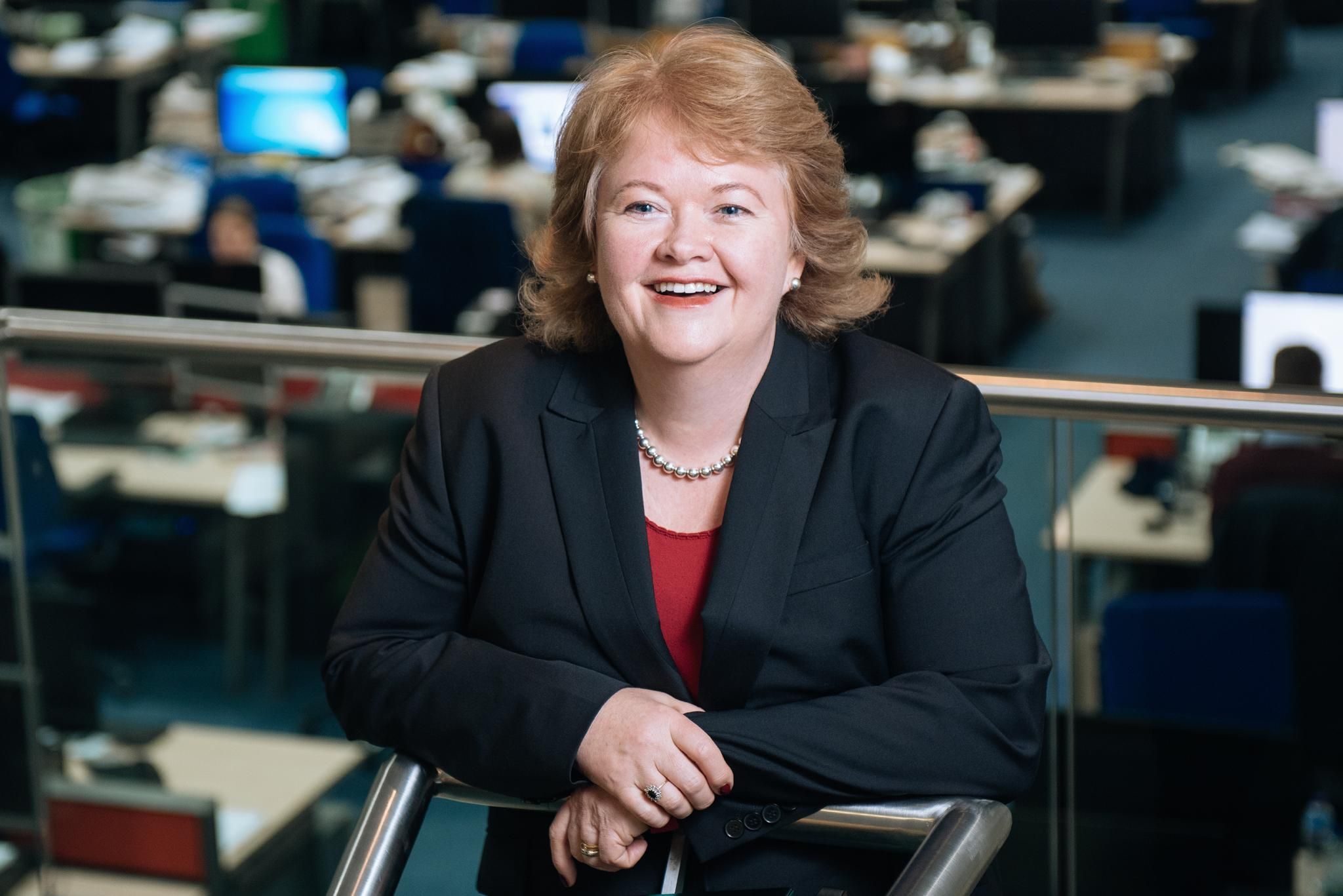To Virtual or Not To Virtual

A short-term gap filler? A distraction? Something to be tolerated until we can get back to ‘normal’? (although I don’t ever remember us being normal at the best of times!) Or a long-term solution that will augment or even ultimately replace the physical event?
And what are they anyway? Virtual? Digital? The ghastly ‘webinar’? And I would rather eat my own leg than hear the term ‘pivot to digital’ again.
A rather thorny and topical set of issues as I am sure you can imagine. So when I was invited by the AEO to chair a meeting, hosted by their Tech Group, on Digital Events with an expert panel, it was hardly surprising that around 70 leading event professionals joined us to find out more.
Let’s start with the bigger picture then. Are they here to stay?
We know there is a massive uplift in the volume of digital events out there. Luke Bilton from Informa talked about how, based on Google trend analysis, there is a high spike in demand for webinars and content and that searches for webinars have increased by at least 8, 10 or even 20 times in some countries during lockdown. Hardly surprising when the world is currently at home twiddling its thumbs.
Far from being a negative though, our industry revels in the competition of a crowded market place and having our customers learning digital events, and learning them fast, can only be a good thing. So product crowding doesn’t scare us.
But possibly, they are only here to stay in a meaningful way if we can make money from them?
All of our panellists felt confident about creating content-led events and being able to charge for them. It feels logical therefore that conferences and training courses lend themselves well to the digital event medium.
Orson Francescone from FT Live talked about the successes they had had with the FT’s Global Boardroom event which attracted over 52,000 attendees, drove sponsorship at a deeply pleasurable ‘high six-figure level’ and delivered an outstanding line up of global influencers that you would struggle to get for a physical event without paying at least the equivalent of Boris’ child support payments. Also, Luke Bilton talked about how Informa have been rolling out content-led digital series where revenues average between £100k-£200k. So for conference folk – tick.
But what about the bigger challenge of the virtual exhibition?
All the panel felt that digitalising exhibition floors felt different to digitalising content. Digital events may provide a great solution as a ‘perpetual show’ where you can continue to engage audiences all year round with content-rich digital events, drive lead gen and increase brand awareness.
But, the mesmeric show-floor ‘white noise’, the randomness of meeting a company who you never knew you needed to meet, the opportunity to engage with the whole industry under one roof? Still a massive challenge when it comes to a digital solution.
And as for awards, can they capture the buzz of being tux-deep amongst a swarm of black ties, drinking your body weight in champagne (definitely the time to be ‘traditionally built’ when considering that measurement!) and the uproar when you deservedly win / were cruelly robbed? My personal opinion is that nothing replaces that.
So, are there areas where a virtual event can do things that a physical one can’t?
It is worth commenting on the pre-reg conversion rates for this specific AEO event. With the industry looking at the rough average measurement of 50% conversion for a physical event, it is worth noting that this particular virtual AEO event delivered a whopping 98% conversion rate – proving that if s(he) wants it badly enough, s(he) will come’. I am happy to take a piece of that conversion for some of my shows! So when they engage digitally, they really engage.
But you cannot be complacent with digital content. On the contrary, it has to be even better, even more relevant and even more mission critical than at a physical event. A visitor disengaging from a session at a physical event will probably only result in a quick trip to the ladies / gents to do a suduko or check emails before returning. Whereas a digital visitor is more likely to fully disengage and not return. You simply cannot take the need for exceptional content for granted with a digital event.
The second thing, and possibly more important, is the ability of digital events to provide a wealth of detailed, identifiable and forensic data for sponsors that some physical events struggle to capture. Caroline Kenyon from the Food Awards Company had to take the Food Photography Awards virtual in April and her sponsors were so delighted with the results that they are pressuring her to keep it digital next year.
So, what are some of the metrics and measurements that are coming out that we can use going forward?
Charging for tickets? Digital pricing can be between 10 – 25% of your physical price. This obviously depends on subject matter – the more specific and issue-led the higher the price – and the market.
Charging for sponsorship? Usually about 20-25% of what you would charge normally. The going rate seems to be about £7k on average per sponsor.
Lead-time? 6 weeks seems to be comfortable for content-led events, but that may be skewed by the current outbreak of ‘tumble-weed diaries’. Although there is similarity with the old ‘churn and burn’ conference model where 6-8 weeks lead-time was often the norm.
Session length? 35 minutes seems to be the optimum time with 10 minutes on the end for questions. Zoe Lacey-Cooper talked about research at Diversified which said that about 90% of participants want time for Q&A so it remains an important way to engage the audience.
Zoe also talked about the pitfalls of underestimating the technology awareness needed as organisers, as most of us are event folk first and tech geeks second. This isn’t an area you should skimp on.
Zoe also gave, what for me was the most obvious, most simple but also the most easily overlooked piece of advice. Ask your speakers to go to Fast.com and check their download speed. If they have anything less than 30 mbps then either ask them to find somewhere with a faster speed or politely hoof them off the programme. Brilliantly simple!
And finally, what should we be doing?
For dramatic change to occur in an industry, you often need a cataclysmic happening to force change. We are in the middle of THE MOST cataclysmic happening to ever befall our industry, let alone all industries.
Yet we are STILL talking about what we should do and how we should do it! Maybe this is the time for us to embrace digital events in the way that the rest of the world is and to accept that, whilst the world will return at some levels to what we have known, there will be many differences going forward that we should be on board with.
I will leave it to Stephan Forseilles at EasyFairs to have the last word. As he said, any sensible company has a ‘digital strategy’ but very few have a ‘digital event strategy’ and, going forward, all of their exhibitions will have to have the latter. Quite simply, you have to start somewhere.
If you want to listen to the meeting in full, please click HERE
Finally, many thanks to our expert panel:
- Luke Bilton, VP Digital – Informa
- Zoe Lacey-Cooper, Portfolio Director - Diversified Communications
- Caroline Kenyon, Director – The Food Awards Company
- Orson Francescone, MD - FT Live



